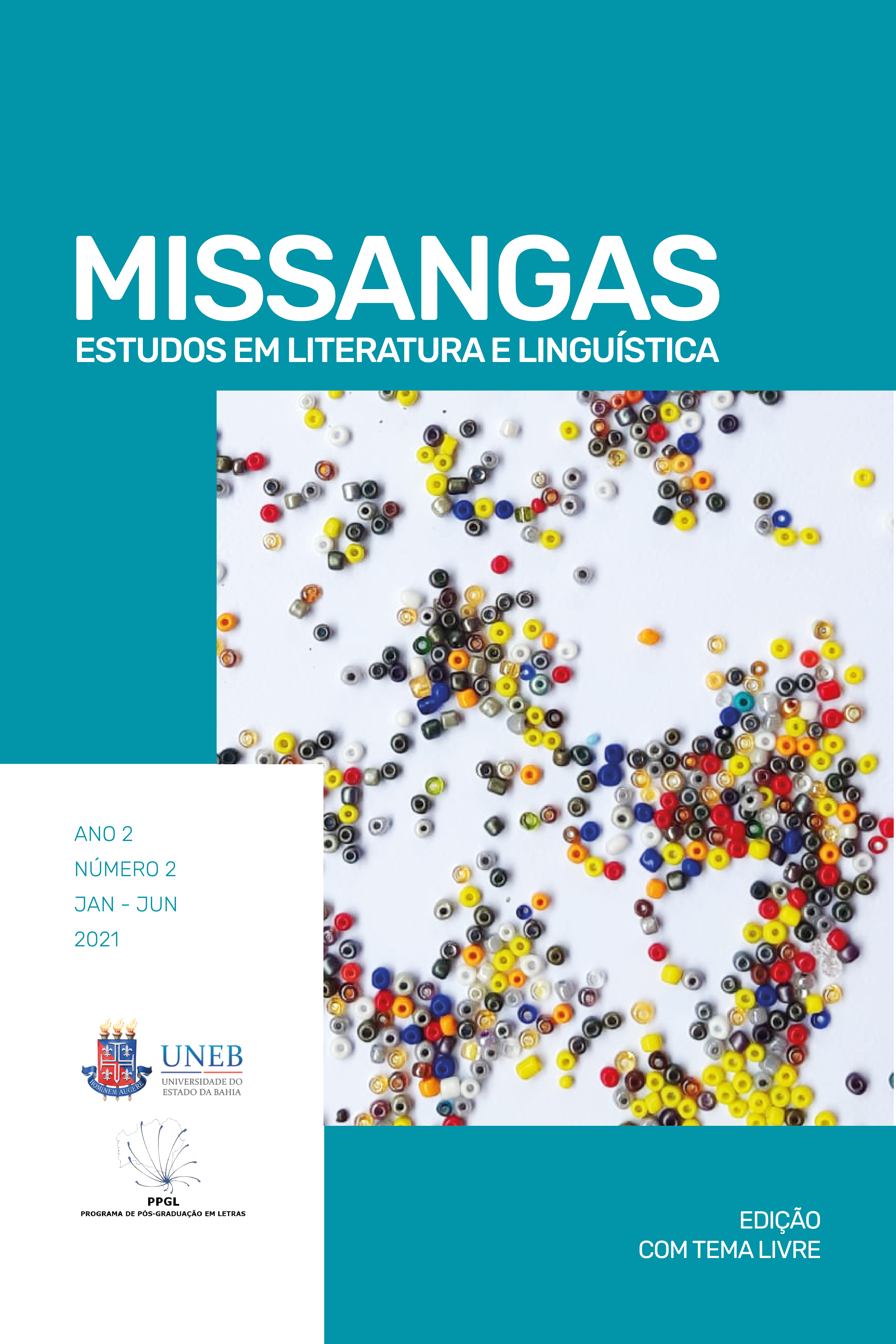A ORALIDADE NA AULA DE LÍNGUA PORTUGUESA:
PERSPECTIVAS CURRICULARES E TEÓRICAS EM UMA EXPERIÊNCIA EDUCACIONAL REALIZADA NO INTERIOR DA PARAÍBA
DOI:
https://doi.org/10.53500/msg.v2i2.11272Keywords:
Ensino de língua materna; Oralidade. Relato; Podcast; Vídeo.Abstract
ABSTRACT: Speech, as a relevant linguistic phenomenon, received attention for theoretical and didactic-pedagogical treatment in the classroom, in basic education, later than writing. The contempt for speech as relevant curricular content probably occurred because it is believed that the subject acquires it naturally and sufficiently in its close social circle. This meant that students went to school exclusively to learn to write. However, curricular perspectives inaugurated in Brazil, in 1998, with the publication of the National Curriculum Parameters of Portuguese Language (NCP-PL), as well as the most recent National Common Curricular Base (NCCB), have proposed that orality be addressed in an school environment with a focus on situations that require systematic treatment. Thus, we propose that the alignment of the aforementioned curricular sayings with the concepts postulated by theorists in the field of language can favor a more productive work with orality in Portuguese language classes in basic education. As a result, we report a classroom work carried out in the interior of Paraíba, in which we made use of two modern genres (the podcast and the video) associated with poetry, based on the theoretical considerations of Antunes (2009), Carvalho and Xxxxx (2018), among others. We aim to demonstrate that speech, in a school context, requires the choice of adequate and varied discourse genres, in addition to systematic methodological guidelines for productive teaching, all this is duly correlated to clear educational objectives, bringing school speech treatment closer to what is effective when we teach the written genres.
Downloads
References
BRASIL, Base Nacional Comum Curricular (BNCC). Educação é a Base. Brasília, MEC/CONSED/UNDIME, 2017.
BRASIL, Parâmetros Curriculares Nacionais: terceiro e quarto ciclos: Língua Portuguesa. Brasília: MEC/SEF, 1998.
CARVALHO, Robson Santos de; FERRARREZI JR., Celso. Oralidade na educação básica: o que saber, como ensinar. 1ª ed. São Paulo: Parábola, 2018.
Conceito de vídeo. Disponível em: <https://conceito.de/video>. Acessado em: 02 de janeiro de 2021.
DE PIETRO, J.-F. e WIRTHNER, M. (1996). “Oral et écrit dans les représentations des enseignants et dans les pratiques quotidiennes de la classe de français”. Tranel, 25, pp. 29-49.
DOLZ, Joaquim; SHNEUWLY, Bernard; HALLER, Sylvie. O oral como texto: como construir um objeto de ensino. IN: SHNEUWLY, Bernard; DOLZ, Joaquim. Gêneros orais e escritos na escola. Tradução e organização Roxane Rojo e Glaís Sales Cordeiro. Campinas, SP: Mercado de Letras, 2004.
FERNÁNDEZ, Gretel Eres et al. Publicidade e propaganda: o vídeo nas aulas de língua estrangeira. São Paulo: Companhia Editora Nacional, 2009.
FERRARREZI JR., Celso. Pedagogia do Silenciamento: a escola brasileira e o ensino de língua materna. São Paulo: Parábola, 2014.
O que é Podcast?. Disponível em: <https://www.youtube.com/watch?v=tfTf8LZZX0M&feature=youtu.be>. Acessado em: 02 de janeiro de 2021.
Downloads
Published
Issue
Section
License
Os artigos publicados na revista Missangas são de inteira responsabilidade de seus autores e não refletem, necessariamente, o pensamento dos editores.


